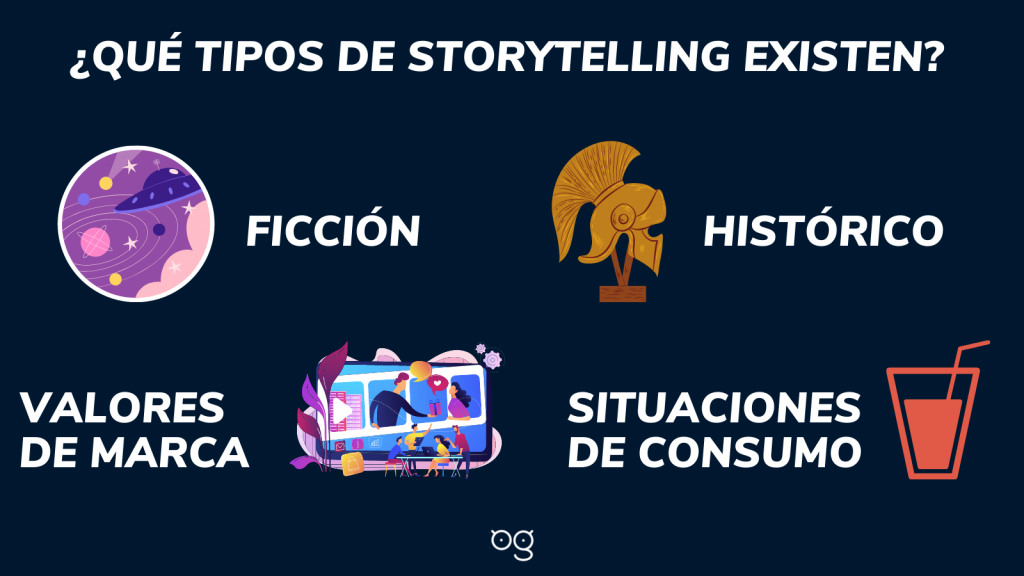Why do companies need storytelling? This is a good question, as we have been hearing a lot about this concept lately. But before we look at exactly what it can be used for, I think we need to explain what it is, its main types and characteristics.

What is storytelling?
As its name suggests, storytelling is the art of telling a story. Well, this art is something more complex than just telling a story. This concept is a marketing strategy that has been used for years and its purpose is to engage the customer by telling stories and creating a magical atmosphere.
This strategy helps the customer to connect directly with your message and from there, with your brand. Its purpose is to create quality and lasting relationships with the customer through the emotional factor.
Storytelling has been used for years and is very versatile, as it can be adapted to any medium, such as the Internet.
What is storytelling for?
Now that you have a general idea of what storytelling is, let’s get down to business. What exactly is storytelling for? We can summarise it in two fundamental points
- To tell the story of your brand: it may seem obvious but knowing how to tell the story of your brand in the right way to connect with your audience is not so simple. This story must be perfectly connected to your brand values and what your brand stands for. It must also tell what makes your brand different from others. In other words, the differential value.
- Create a strong link with the receiver: your story must connect and appeal to the emotional side of your brand so that it connects with the receiver. This way the receiver will have a better image of your brand and will remember your messages in the long run. Moreover, it is more likely that their behaviour towards your brand will be much more positive, and they will be more loyal to it.
What types of storytelling are there?
Now that we know what storytelling is and what it’s for, it’s time to find out what types there are. Generally, storytelling is based on the type of plot you are going to tell. That said, you must think about what kind of stories you are going to tell.

- Fiction: this type of story is characterised by the fact that the events that are told are not real. Both the characters and their actions are fictitious, but they still serve to support the brand’s message.
- Consumer situations: as the concept anticipates, these are stories that reflect commercial scenarios recognisable to audiences, such as purchasing processes or decisions. In other words, the viewer is reflected in an experience with the brand. Although this type of storytelling is very effective, it is difficult for it to reflect reality correctly, as it often places the product itself as the protagonist of the events.
- Historical: this type of storytelling is the best option for brands with many years of experience, as it tends to use the key moments of a specific event that is easily recognisable by the public. In this way, they can connect with the recipient through nostalgia or the emotion of the years.
- Brand values: to carry out a storytelling of this type, it is necessary to focus on the protagonists. They are the key to representing the brand and its values in the story. It could be said that it is a process of “personification” of the brand, as they usually represent the company’s day-to-day life or very specific moments.
With these small brushstrokes of what storytelling is, you are now ready to start putting it into practice.
See you soon in a new mental note!












